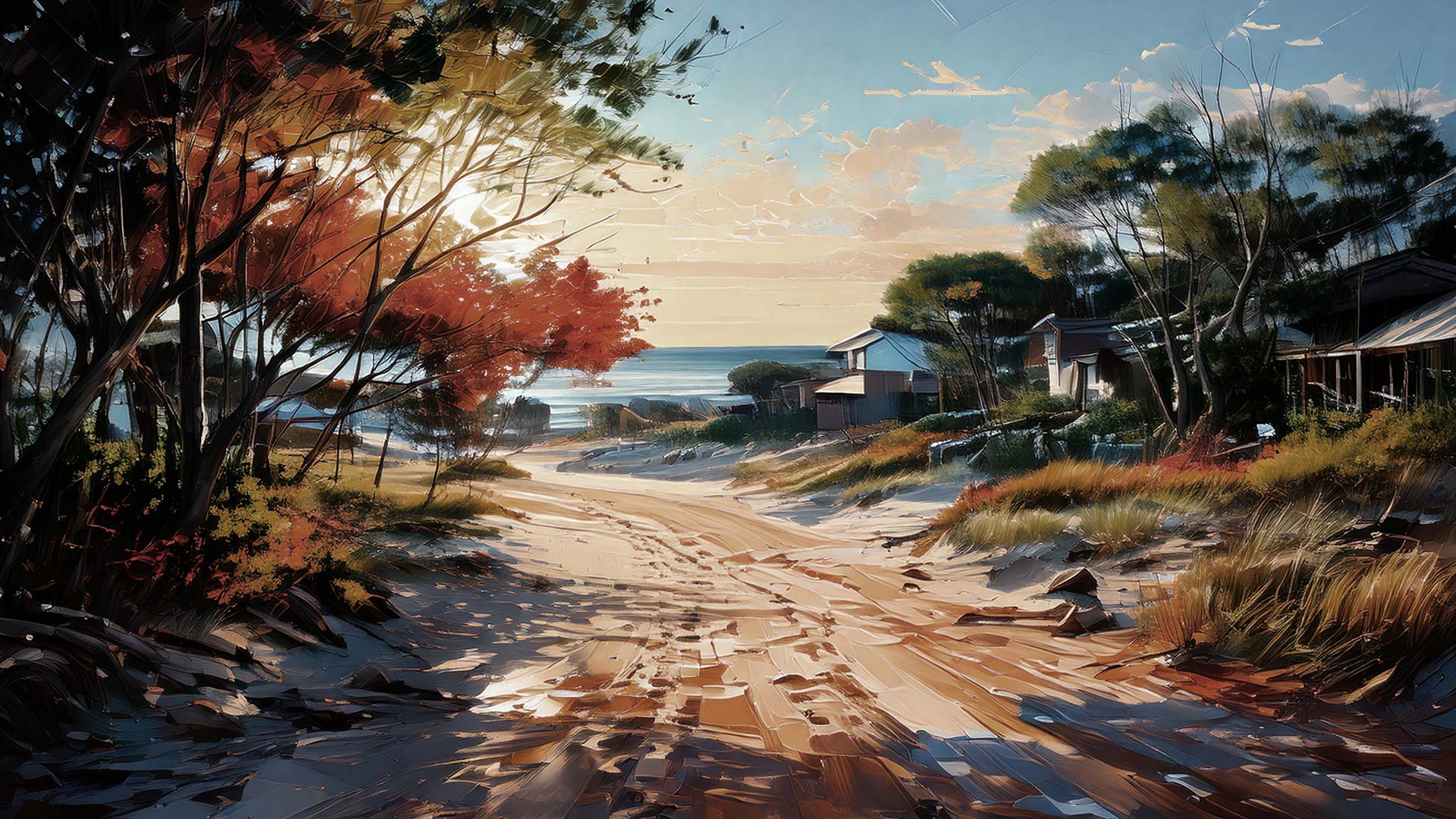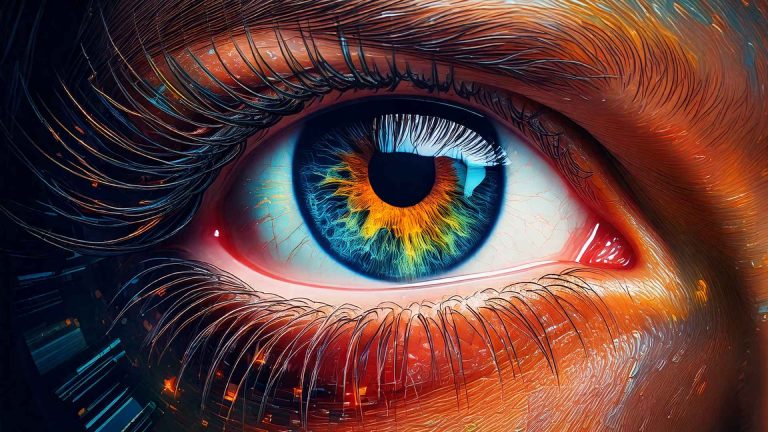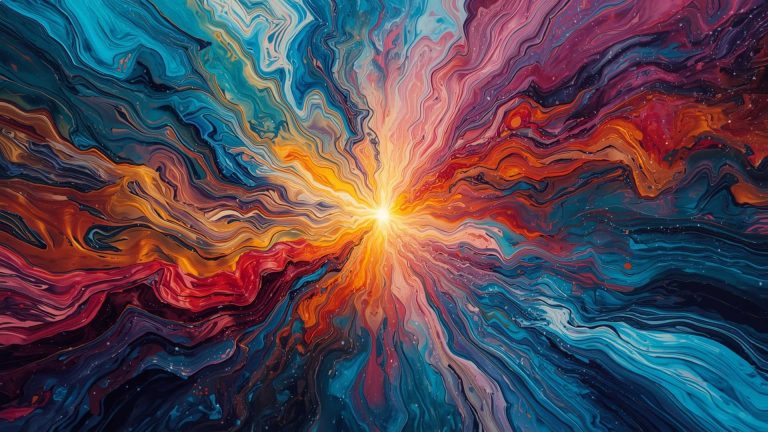The secret ingredient every artist needs
Read time 2 minutes
ne overcast June afternoon, an artist friend and I were strolling through the charming coastal town of Saltaire on Fire Island. The sky was moody, the clouds thick—not exactly what you’d call perfect painting weather.
We came upon a plein air painter in action, capturing the character of a seaside home on commission. Naturally, we stopped to chat—curious, as creatives are—and asked the obvious question: “Why today? Why paint on such a cloudy day?”
His response? With a grin, he shrugged and said, “Light, schmight.” I’ll never forget it.
That moment stuck with me—not just for its humor, but because it challenged something I’d always believed: that light is everything in art. It made me wonder… what role does light really play in the creative process?

The direction and quality of natural light also influence how artists work. North light is often preferred for its consistency—it’s soft, cool, and doesn’t shift dramatically throughout the day. In contrast, south and west light can be warmer and more dynamic, changing tone and intensity as the sun moves. Artists learn to read the light in their space, adjusting their process accordingly.
Beyond technical benefits, there’s also something emotional—even spiritual—about creating in natural light. It connects artists to the world outside their window. The rhythm of the day, the shifting clouds, the golden haze of late afternoon—all of it influences mood and mindset. Many creatives find that working in natural light boosts their focus, lowers stress, and enhances overall well-being.
In today’s world, where artificial light is everywhere and screens dominate our visual environment, reconnecting with natural light is a creative act in itself. Whether it’s setting up your easel by a window, taking your sketchbook outdoors, or simply opening the blinds during your creative session, letting the sun in can bring clarity and renewed energy to your practice.
Natural light is more than just a tool—it’s a collaborator. It changes the way we see, the way we feel, and ultimately, the way we create. In art—and in life—light isn’t always bright. But it’s always there, shaping the mood, setting the tone, and guiding the story. When you learn to work *with* it, rather than against it, your creative process becomes more fluid, more responsive, and more powerful.
So the next time you’re feeling stuck, uninspired, or waiting for “the right moment,” remember this: “Light, schmight.” You might be surprised at what it brings into focus.



